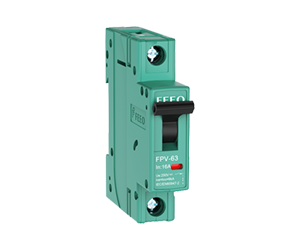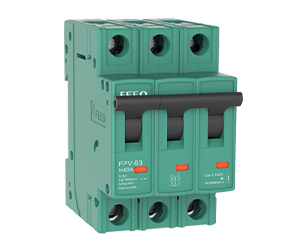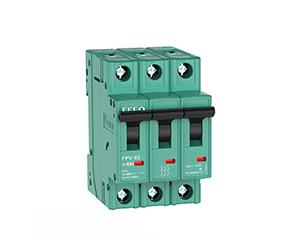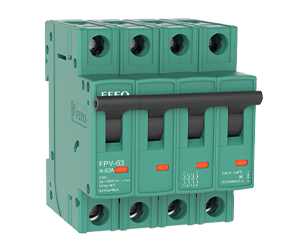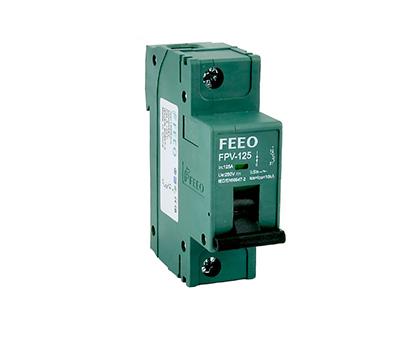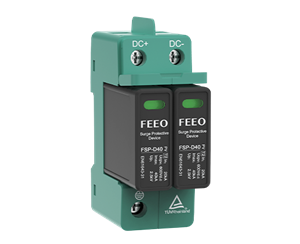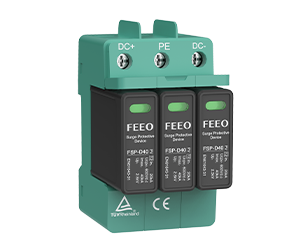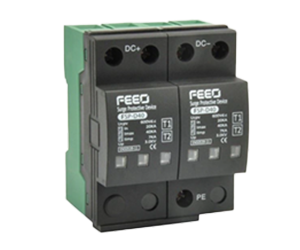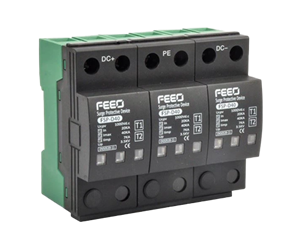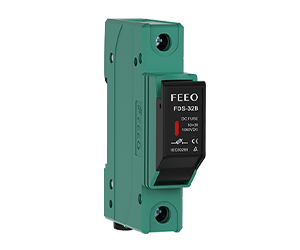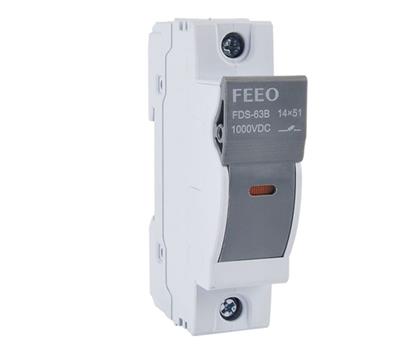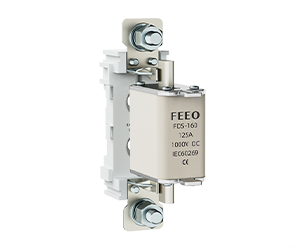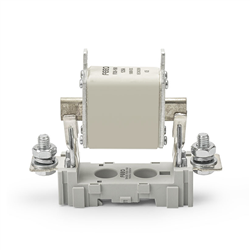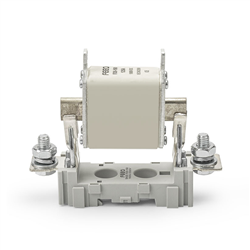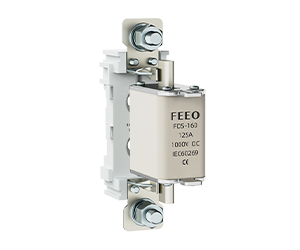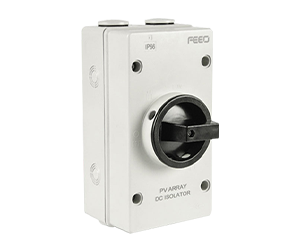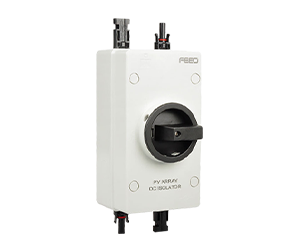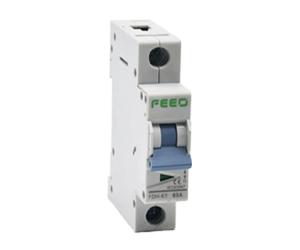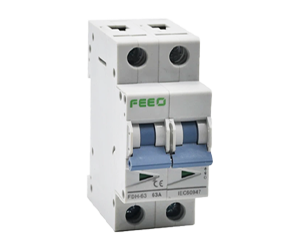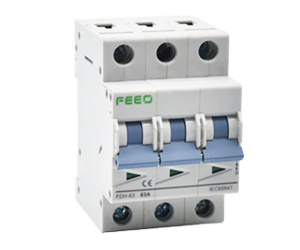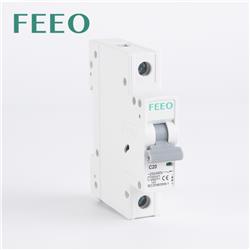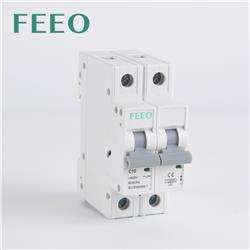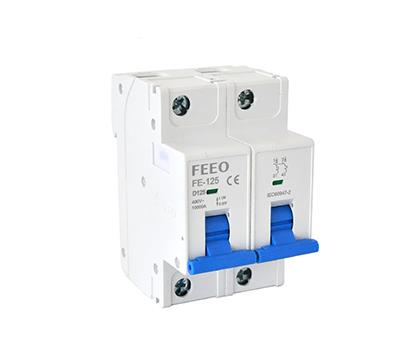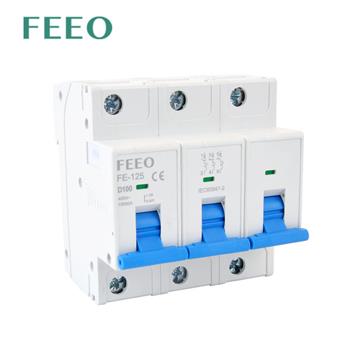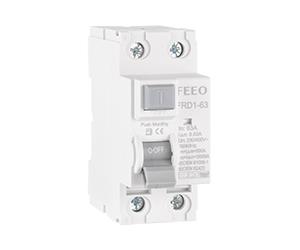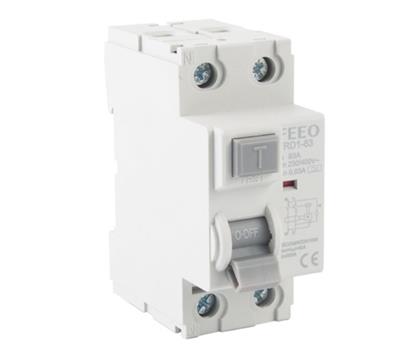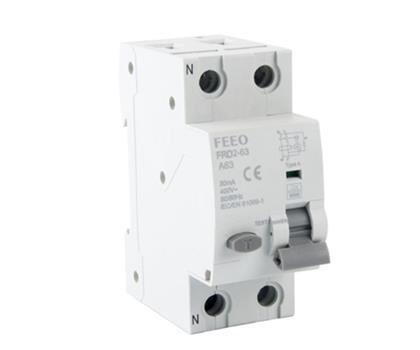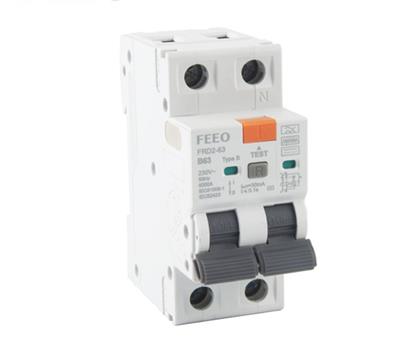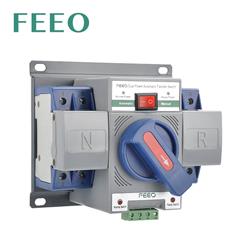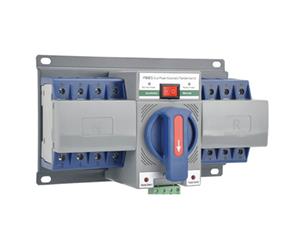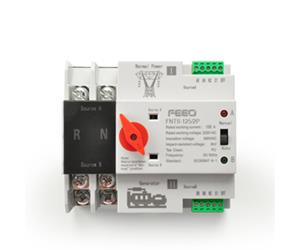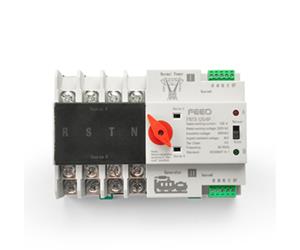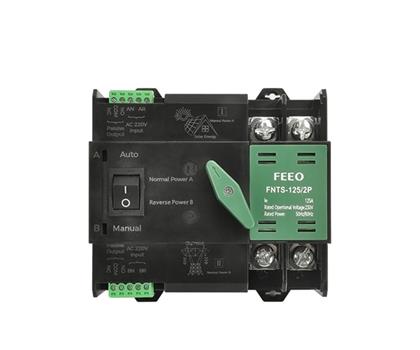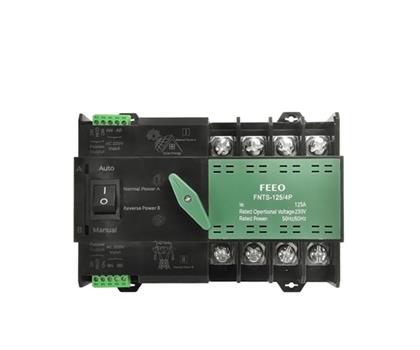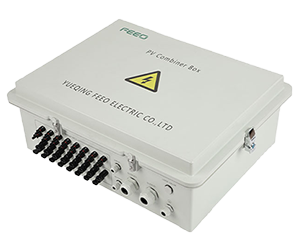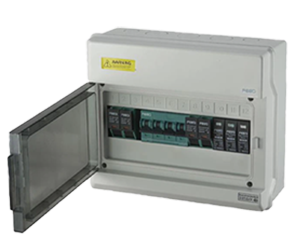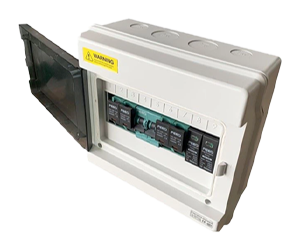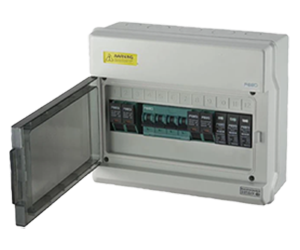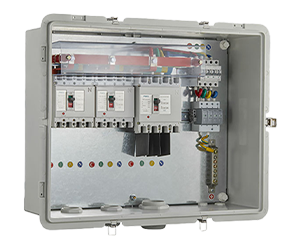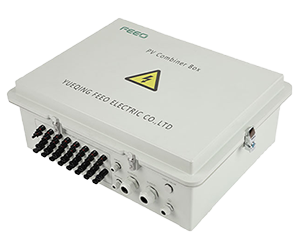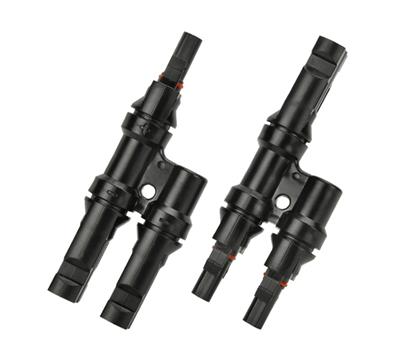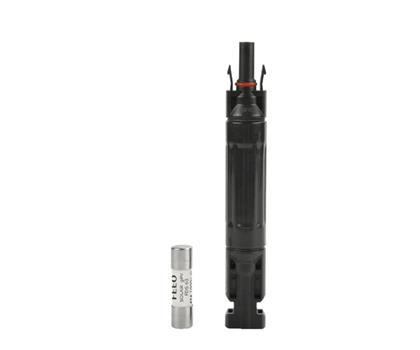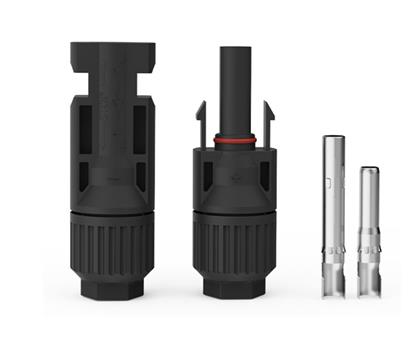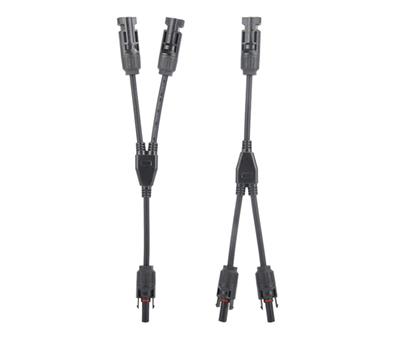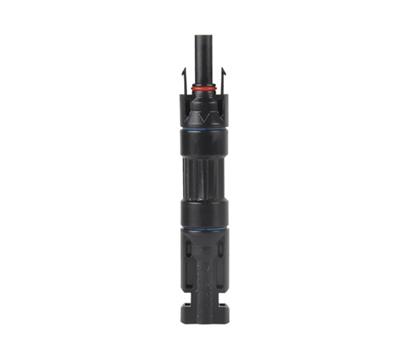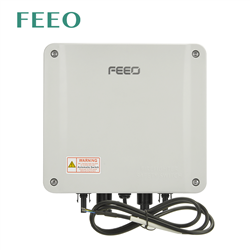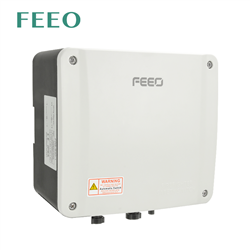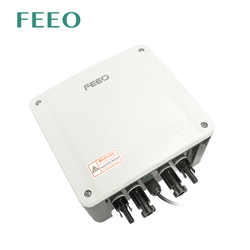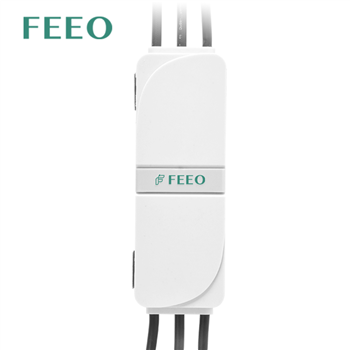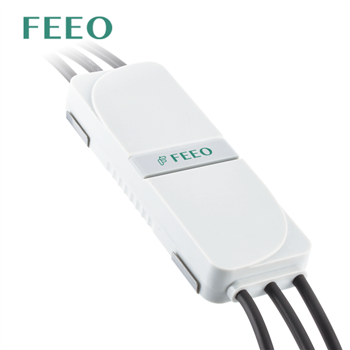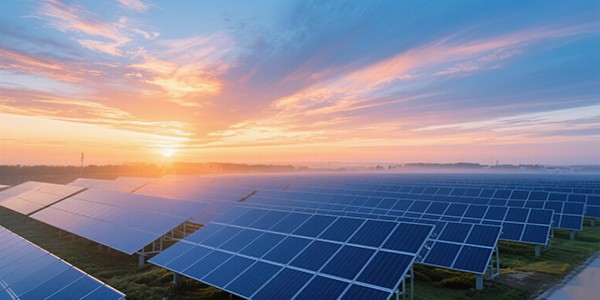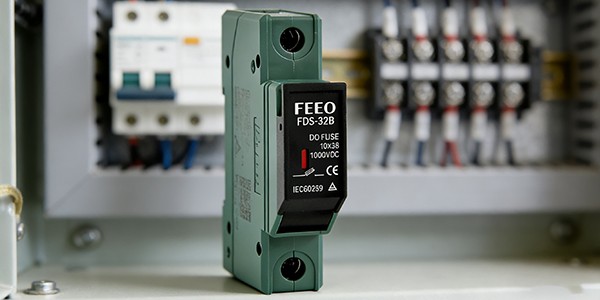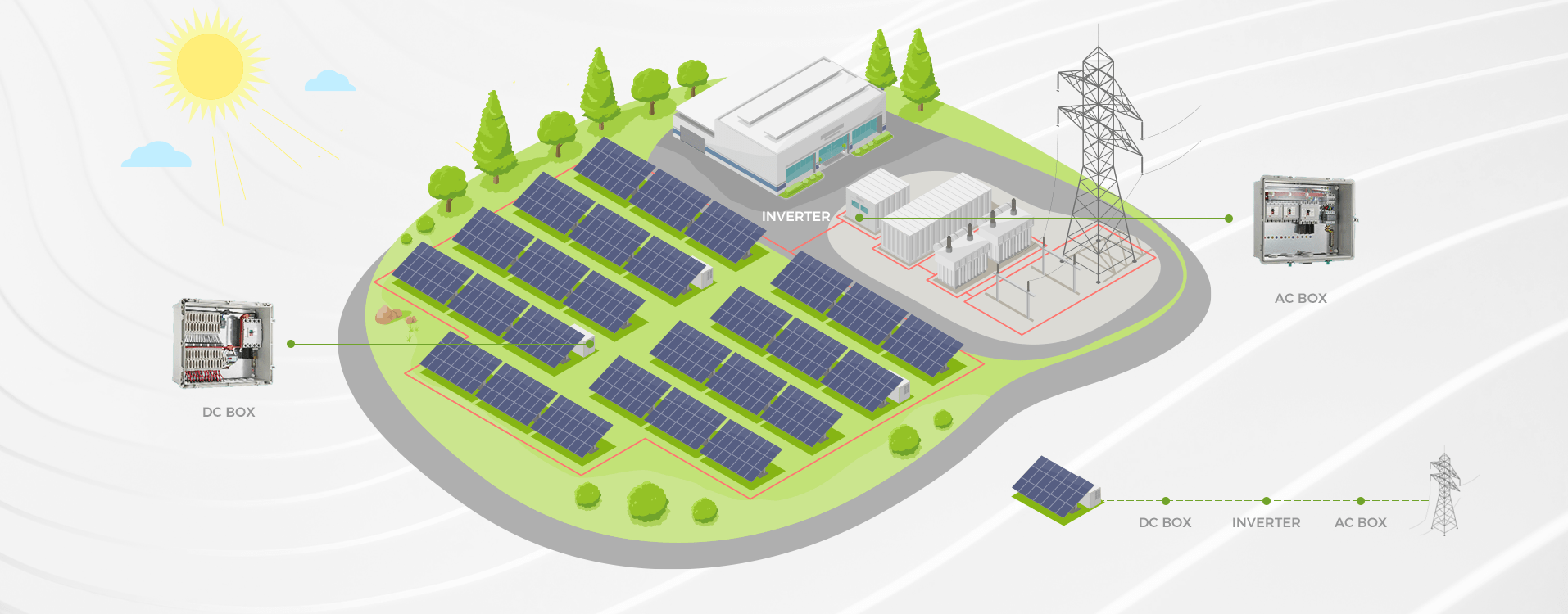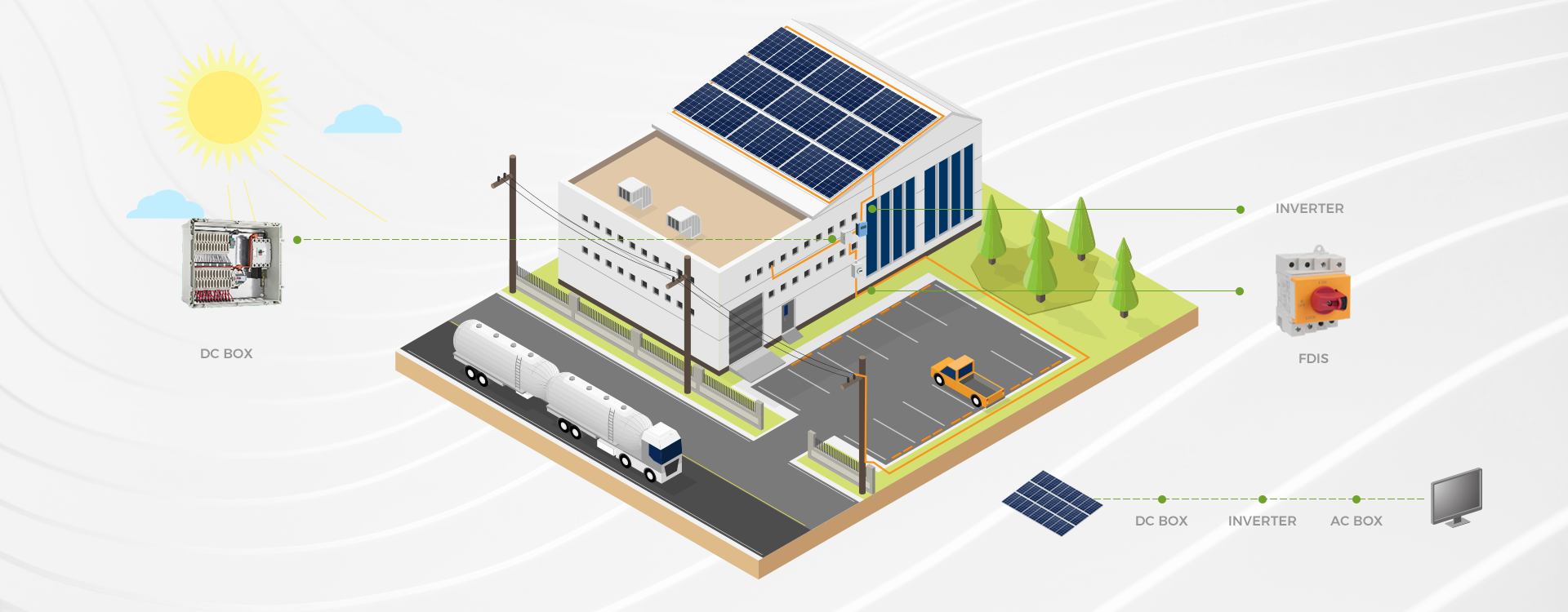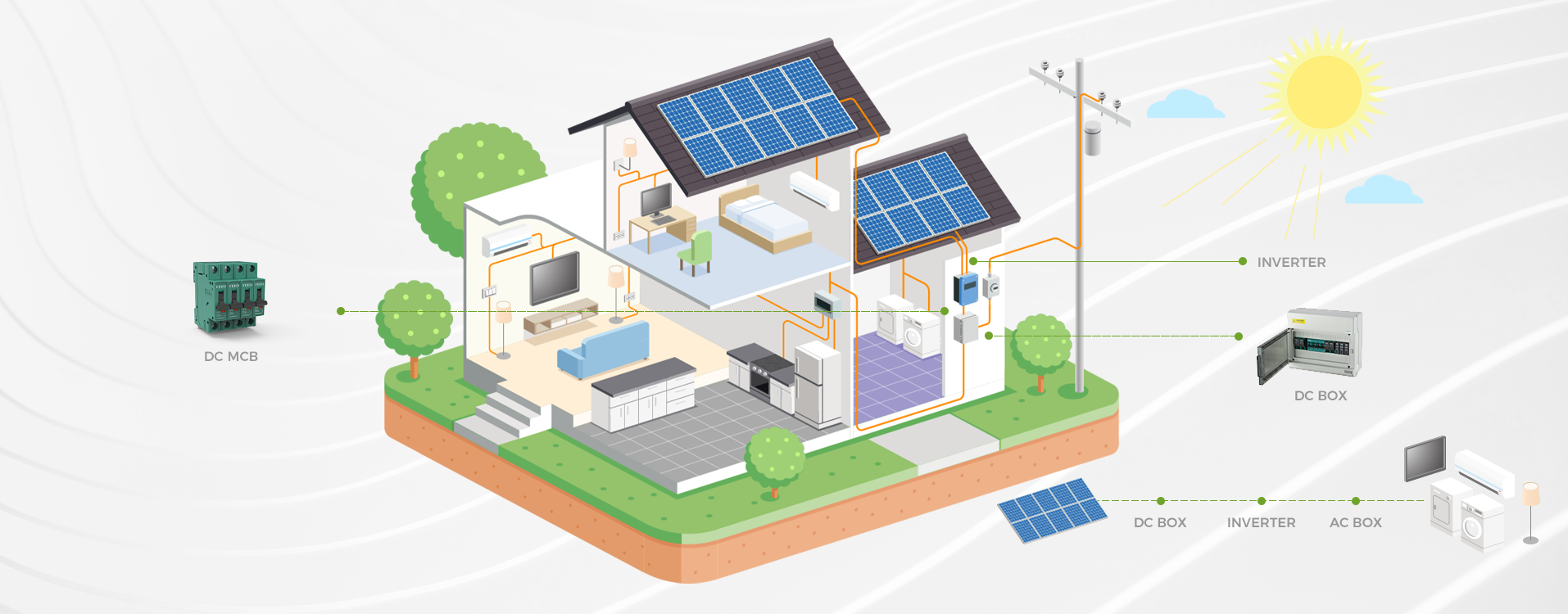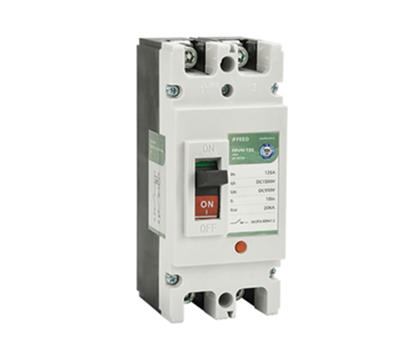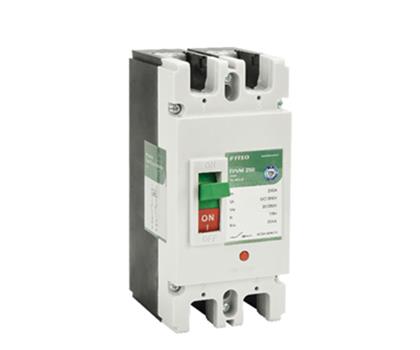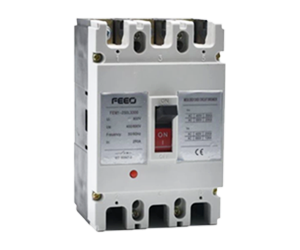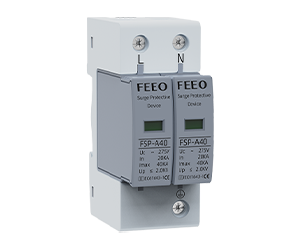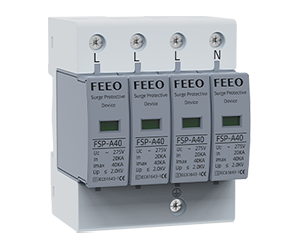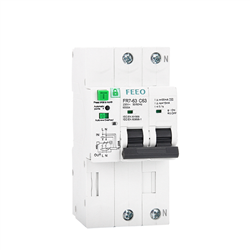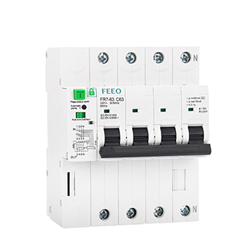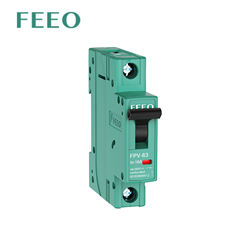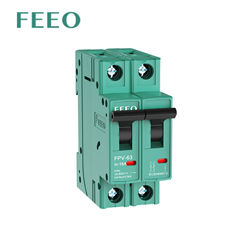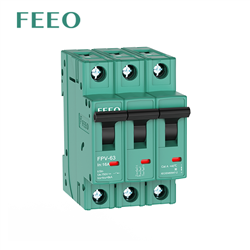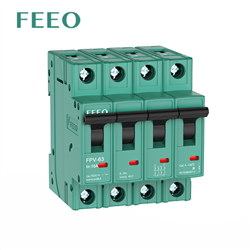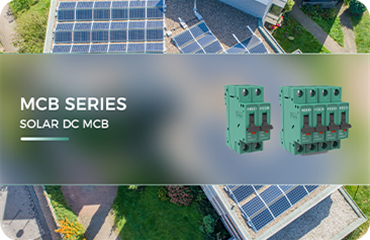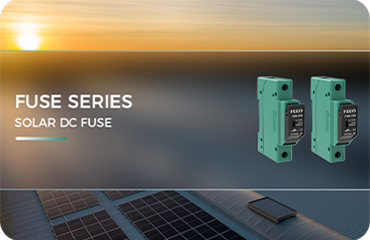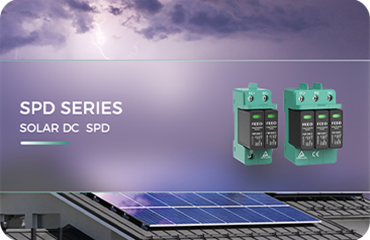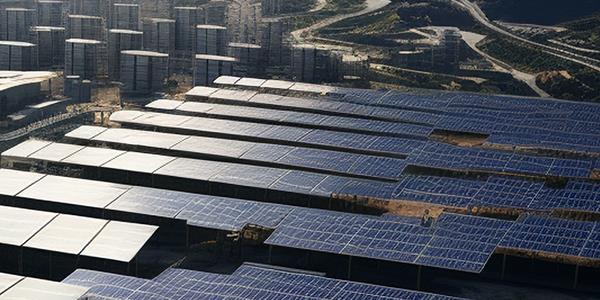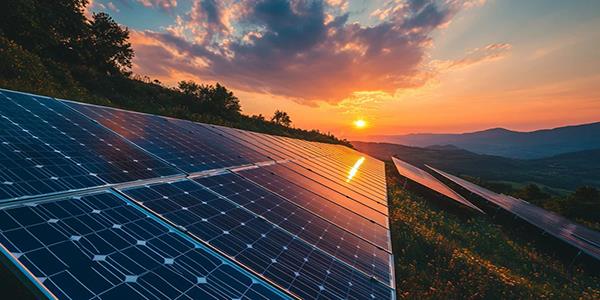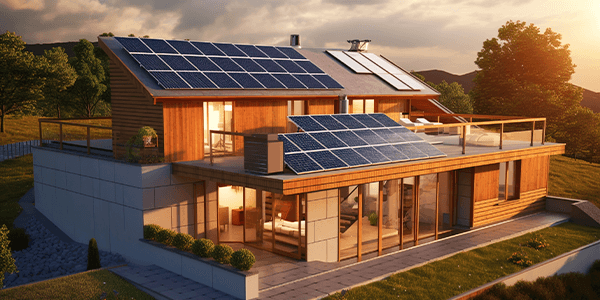
As the demand for clean and renewable energy grows, so does the adoption of solar photovoltaic (PV) systems. These systems, while providing numerous benefits, also come with their own set of challenges. One crucial aspect of ensuring the safety and longevity of a solar installation is protecting it from power surges. Direct Current (DC) Surge Protective Devices (SPDs) are specifically designed to shield your solar system from these potentially damaging events. In this article, we'll delve into the world of DC SPDs, exploring their purpose, functionality, connection, installation, and the distinctions between AC and DC SPDs.
The Importance of DC SPDs in Solar Systems
A DC SPD is a critical component in solar PV systems, designed to protect the system's components from damage due to power surges. Surges can be triggered by various events such as lightning strikes, disruptions in the power grid, and large electrical load switching within a building. These surges can cause significant harm to solar panels, inverters, and other system components, resulting in expensive repairs or even replacements.
By limiting the voltage and directing the surge current away from the PV system's components, a DC SPD safeguards them from potential damage. This protection ensures that your solar installation remains efficient and durable over time.
The Inner Workings of a DC SPD
A DC SPD operates by sensing an increase in voltage and swiftly redirecting the excess energy away from the system's components. The heart of the SPD is the Metal Oxide Varistor (MOV), a type of voltage-dependent resistor. Under normal conditions, the MOV presents high resistance to the current flow, effectively isolating the SPD from the circuit. However, when a surge in voltage occurs, the MOV's resistance plummets rapidly, allowing the surge current to flow through it and away from the system's components.
After the surge has dissipated, the MOV's resistance reverts to its usual high level, enabling the system to continue functioning as intended. This entire process occurs within nanoseconds, ensuring protection from even the most abrupt and intense surges.
Connecting a DC SPD to Your Solar System
Properly connecting a DC SPD to your solar PV system is crucial for its effectiveness and safety. Follow these general guidelines when connecting a DC SPD:
1. Determine the optimal location: Position the DC SPD as close to the potential source of the surge as possible, such as the PV array, inverter, or combiner box. This minimizes the length of the connecting cables, reducing the risk of damage.
2. Power down the system: Before making any connections, ensure that the PV system is entirely powered down and isolated from potential electrical hazards.
3. Connect the SPD: The DC SPD typically features three terminals: one for the positive terminal of the PV array (marked '+'), one for the negative terminal (marked '-'), and one for the ground (marked 'PE' or 'GND'). Attach the corresponding cables from the PV array and grounding system to their respective terminals on the SPD.
4. Confirm connections: Double-check to ensure that all connections are secure and properly tightened. Loose connections may lead to arcing, posing a safety hazard and causing potential damage to the system.
Installing a DC SPD in Your Solar System
With the DC SPD connected, proper installation is essential. Follow these steps to install a DC SPD:
1. Select an appropriate enclosure: The DC SPD should be housed in an enclosure that provides sufficient protection from weather and mechanical damage. The enclosure should also facilitate proper heat dissipation, as the SPD may generate heat during operation.
2. Secure the SPD: Firmly attach the SPD within the enclosure, ensuring proper alignment. Install the SPD vertically with the terminals facing downward to prevent dust or moisture accumulation on the connections.
3. Organize the cables: Route the cables from the PV array, inverter, and grounding system to the enclosure, making sure they are secured and protected from damage. Use suitable cable glands or conduit to maintain the enclosure's ingress protection rating.
4. Test the installation: After installing the SPD, test the PV system to confirm it functions correctly and that the SPD provides adequate protection.
Differentiating Between AC and DC SPDs
Although AC and DC SPDs share the common goal of protecting electrical systems from voltage surges, there are several key differences between the two:
1. Current type: AC SPDs are designed to protect alternating current (AC) systems, whereas DC SPDs are specifically engineered for direct current (DC) systems, such as solar PV installations.
2. Voltage levels: AC SPDs protect equipment connected to the utility grid with voltages ranging from 120V to 480V. In contrast, DC SPDs are designed for solar PV systems with voltages ranging from a few hundred volts up to 1500V, depending on the system's size and configuration.
3. Clamping properties: AC and DC SPDs have distinct clamping properties due to thedifferences in voltage waveform characteristics. AC voltage alternates between positive and negative values, while DC voltage is constant and unidirectional. As a result, AC SPDs must handle bidirectional voltage surges, whereas DC SPDs only need to manage unidirectional surges.
4. MOV specifications: The Metal Oxide Varistors (MOVs) used in AC and DC SPDs are designed differently to accommodate the unique voltage and current characteristics of each system. DC MOVs must withstand continuous DC voltage and handle surges in one direction, while AC MOVs need to accommodate alternating voltages and handle bidirectional surges.
5. Installation and connection: Although the installation process for both AC and DC SPDs is similar, the connection points differ. AC SPDs are typically connected to the utility grid and load equipment, while DC SPDs are connected to the solar PV array, inverter, or combiner box.
Conclusion
As solar PV systems continue to grow in popularity, it becomes increasingly important to protect these valuable investments from power surges. DC Surge Protective Devices (SPDs) are specifically designed to safeguard solar systems from these potentially damaging events, ensuring their longevity and efficiency. By understanding the purpose, functionality, connection, and installation of DC SPDs, as well as the differences between AC and DC SPDs, you can contribute to the safe and effective operation of your solar PV system.
